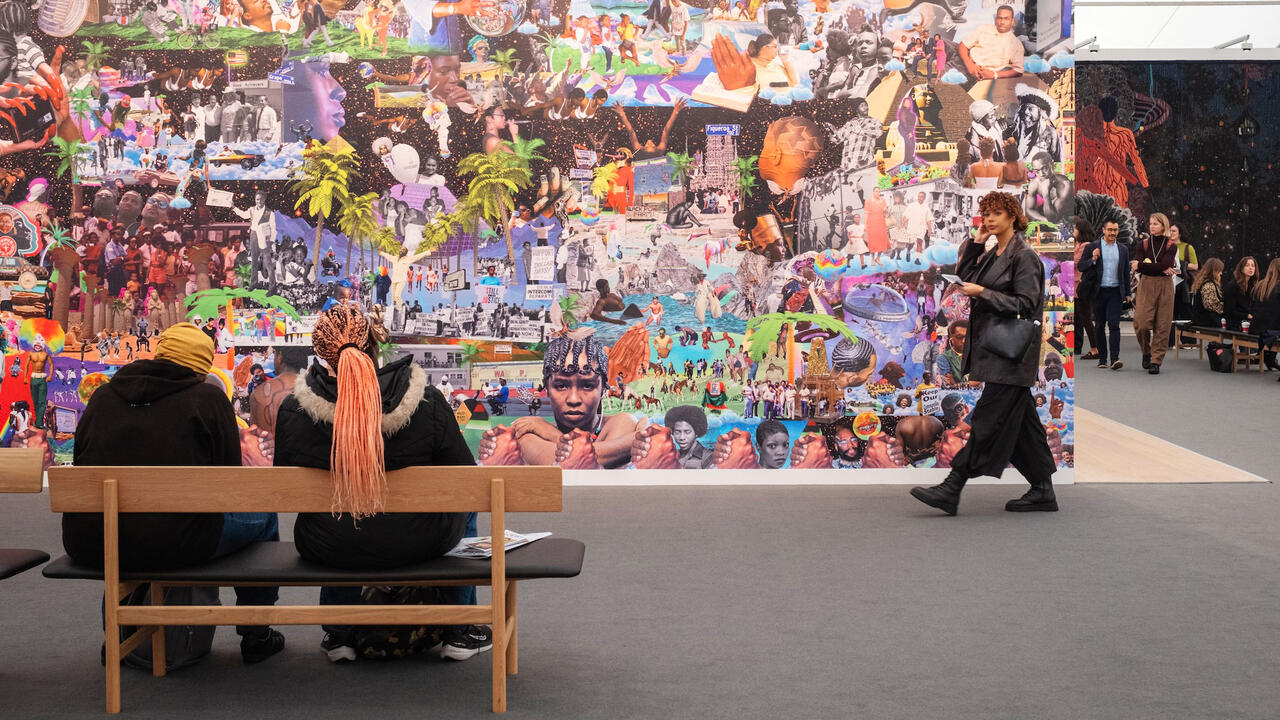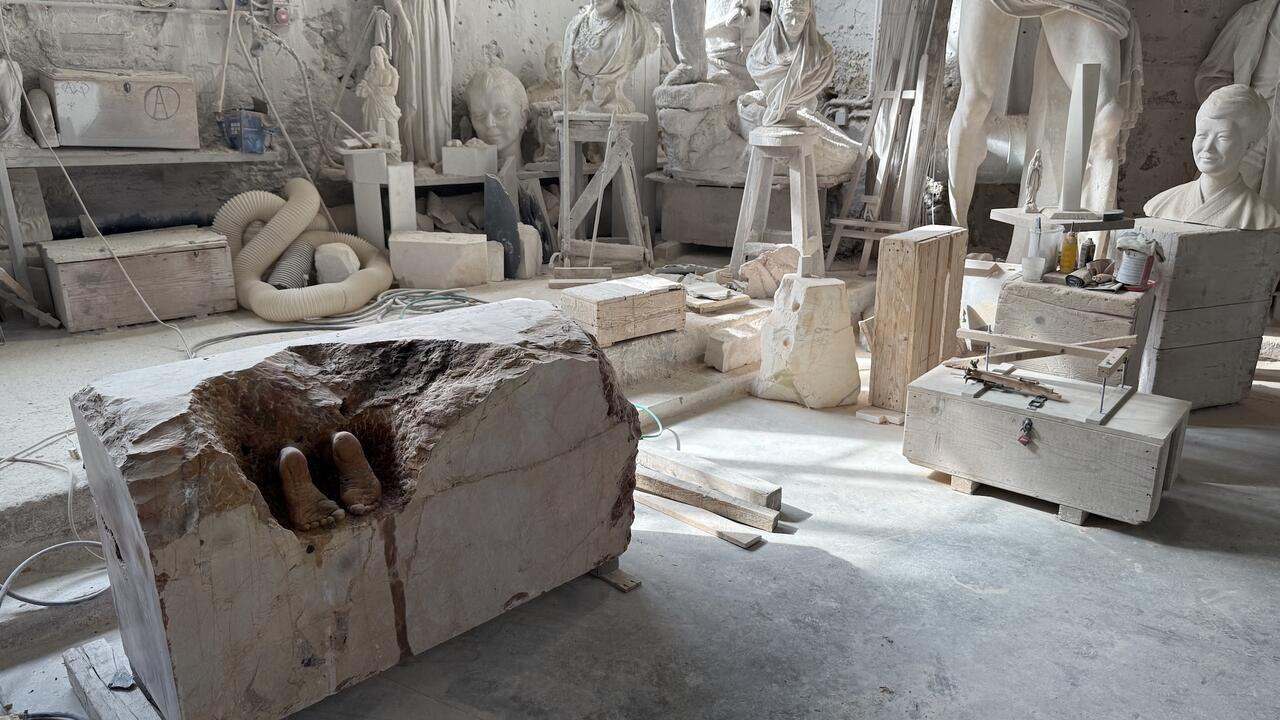James Castle / John Riddy
Frith Street Gallery, London, UK
Frith Street Gallery, London, UK

A telegraph pole suddenly disintegrates in mid-air to expose the empty sky; two black barns squat, malevolent, in the distance and the dried-up riverbed craves rain: the works in ‘Of Things Placed’ explore the much-feared middle of nowhere. The exhibition in fact contains images of two expanses of parched wilderness, wisely paired and thousands of miles apart: one photographed by John Riddy, the other drawn by James Castle. Their respective haunts were South Africa’s jagged Cape Peninsula, a spur of land jutting out into the Atlantic Ocean that the British-born Riddy has roamed over for decades, and Idaho, where the deaf and illiterate Castle, an artist of disarming gifts, was born in 1899 and remained until his death, 78 years later. Together, they map communities from their most desolate edges to provide documents of these places that are difficult to decipher and reverberate with mutually ghoulish history.
The 12 works by Castle came postcard-sized on salvaged paper, undated and untitled but given makeshift descriptive names such as Farmscape with Forms. A devoted craftsman, Castle worked at his art from his teenage years to the end of his life. He created his drawings by scouring a stick through soot and altering its colour (much of his world is grey) and texture with his spit. If the circumstances of their making defeat even the routines of Samuel Beckett’s narrators for desperate persistence, they’re also acrid evidence of the industrial hardship that Castle so eerily chronicles. Inscrutable rural scenes depicting scant houses and trees, these drawings contain no folks to befriend and not even a hungry raven or a hellhound on your trail. They suggest a child’s pictographic representation of the world, meticulously scraped into existence, where no acknowledgement of the family has occurred. Riddy, meanwhile, switches between describing his spaces from above in a crow’s eager curve and coming close enough to them that you might be bloodied by the spines of abrasive vegetation and hear the fences groaning, rotten, in the breeze. The photographer finds few figures in the course of his trawl: towards the dark margin of Peninsula (Silvermine 1) (2015), a thin man staggers alongside a little girl and a couple hurries off in the opposite direction, anxious to be elsewhere. I mistook them for shadows at first, seemingly unattached to bodies. For both artists, trees are black as noxious smokestacks and the factories responsible for the damage are inexplicable monsters, near-abstract, looming on the horizon. Boxy posts resembling little coffins mark out the perimeters of Castle’s dusty prairies, just as poles scattered like stray bones commemorate lapsed attempts to tame the surroundings in Riddy’s region. The things in each space are sculptural presences. Riddy finds patterns within the unruly scrubland ranging over Peninsula (Ocean View 5) (2015); its branches evoke wicked antennae.

Such menacing areas are the setting for accounts of home – as a concept and a real place – at its most ravaged. Castle’s own private Idaho (Gus Van Sant’s 1991 film is about home as a ruin, only glimpsed in shattered or unreachable form) alternates with the aggressively inhospitable residences and terrain explored by Riddy. Castle’s enormous body of work comprises one of the most devastating meditations on the home and North America’s so-called ‘heartland’, that phantom place. The only rivals for sheer bleakness are the sepia wasteland of Kansas in The Wizard of Oz (1939) and the wretched suburban Milwaukee that lies beyond the bedroom door in Sadie Benning’s confessional videotape, Living Inside (1989). Castle’s houses are unlike any other dwellings: unhomely, they often lack doors or appear too shrunken to be inhabited. Riddy’s buildings look diseased. He shoots them from behind to make them alien and tracks the archeological strata of garbage flowing into their abandoned yards. Others seem built according to Castle’s architectural plans, sneaking ramshackle structures under vast roofs.
A man studying landscapes without the words and noises to explain them, Castle is a bewildering figure to contemplate. His drawings drag you deep into their smog-cloud of unknowing, to a place where everything looks rootless. Reports from an unfathomable mental interior, they also rake over psychic terrain many would like to stay buried. The realities of severe cognitive impoverishment, environmental ruin and the spectres of the Great Depression are scorched into every line. Riddy’s photographs make a dismal yet fascinating contemporary counterpart, hinting that Castle’s brittle topographies point towards the present with all its ghettos and ruins as much as they disturb the past. Here, as Captain Beefheart once wisely yowled, ‘the dust blows forward and the dust blows back’.






















